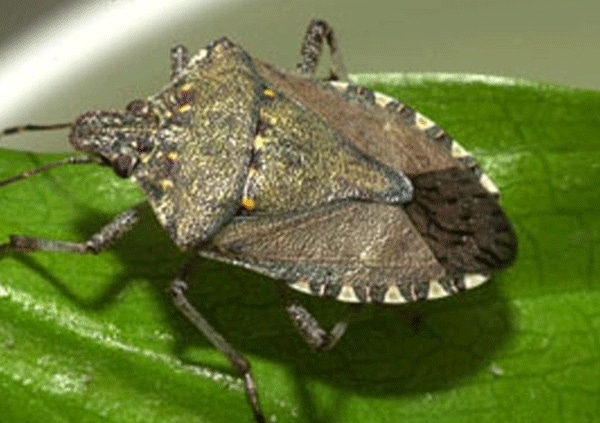March 30, 2011

Last year, it was the bean plataspid known for eating kudzu that made its way into Alabama. Besides eating kudzu, this imported pest is a threat to crops such as soybeans and peanuts.
This year, a new stink bug, the brown marmorated stink bug, is the imported pest that may cause problems in the state.
Charles Ray, an entomologist with the Alabama Cooperative Extension System, says the brown marmorated stink bug could become a problem for farmers and homeowners alike.
“For farmers, this new stink bug has the potential to be a serious problem on some crops,” says Ray. “But these insects could be a problem for homeowners as well. People may find them invading their homes in much the same way that Asian multi-colored lady beetles do. They like to over-winter in structures.”
Ray says this new pest has been identified in Jefferson, Lee and St. Clair counties.
“The first were found in an apartment in Birmingham. The next were from St. Clair.”
Ray explains that the St. Clair bugs hitchhiked in an RV returning from Virginia.
The brown marmorated stink bug, a native of Asia, was first identified in Pennsylvania in 1998. Since then, it has been located in more than 20 states. Less than an inch long, these insects have the same shield shape common to most stink bugs. They will have lighter bands on the antennae and darker bands on the overlapping parts at the back of the front pair of wings.
Yes, they also live up to their name. They have scent glands that produce a foul odor when punctured or crushed.
Ray explains this particular stink bug will feed on more than 100 different types of plants including apples, peaches and other food crops. Entomologists with Penn State University estimate that 10 to 20 percent of Pennsylvania’s apple crop was affected by brown marmorated stink bugs in 2010.
“It has no natural enemies because it’s non-native. Add to that the fact that all stink bugs are difficult to control in most agronomic crops, and farmers could have a lot of problems with them.”
For homeowners, the best advice is to caulk and close cracks and crevices that stink bugs could use to enter the home.
Ray and his colleagues are interested in tracking the brown marmorated stink bug movements. If you suspect that you have found a brown marmorated stink bug, contact your county Extension office.
You May Also Like




